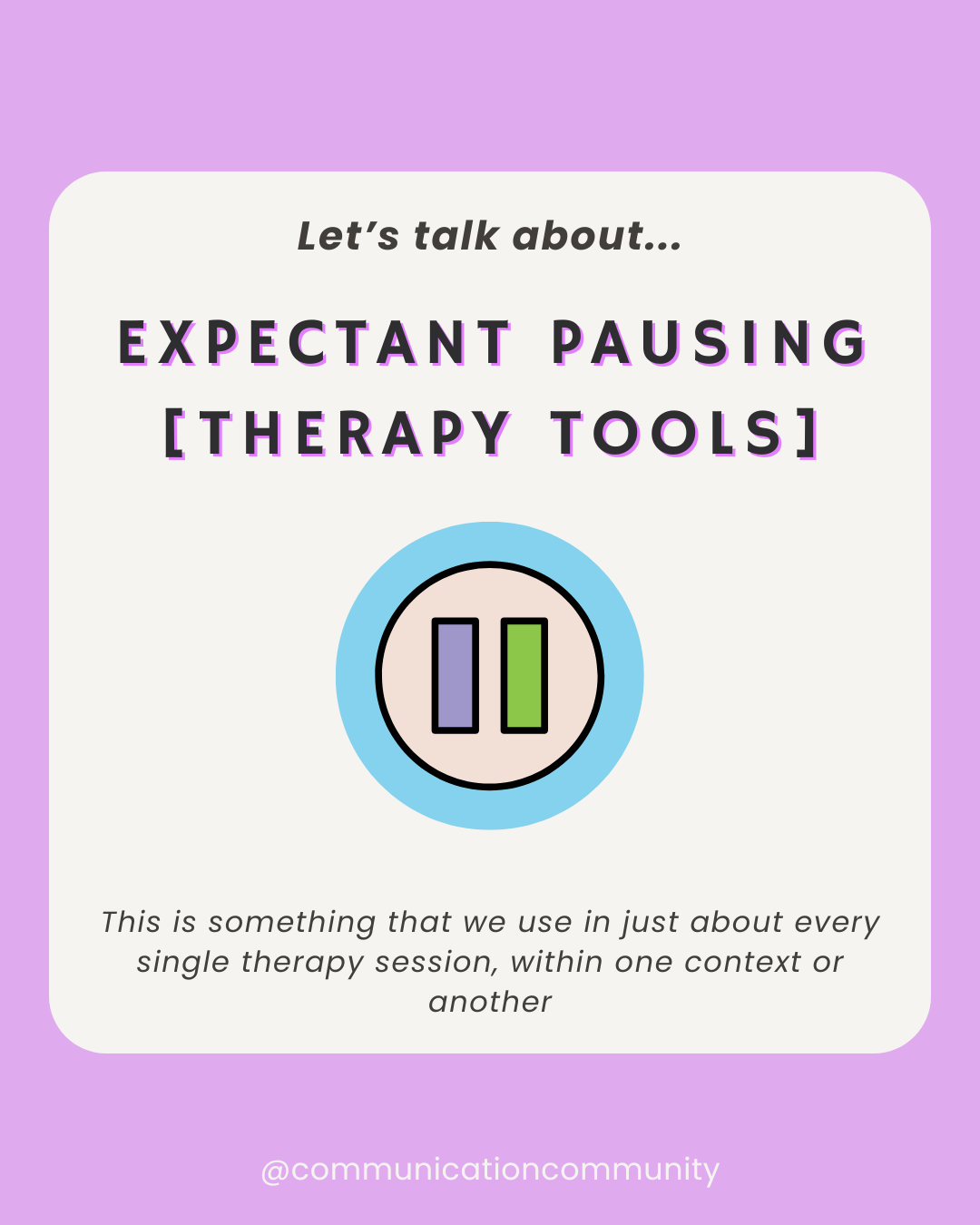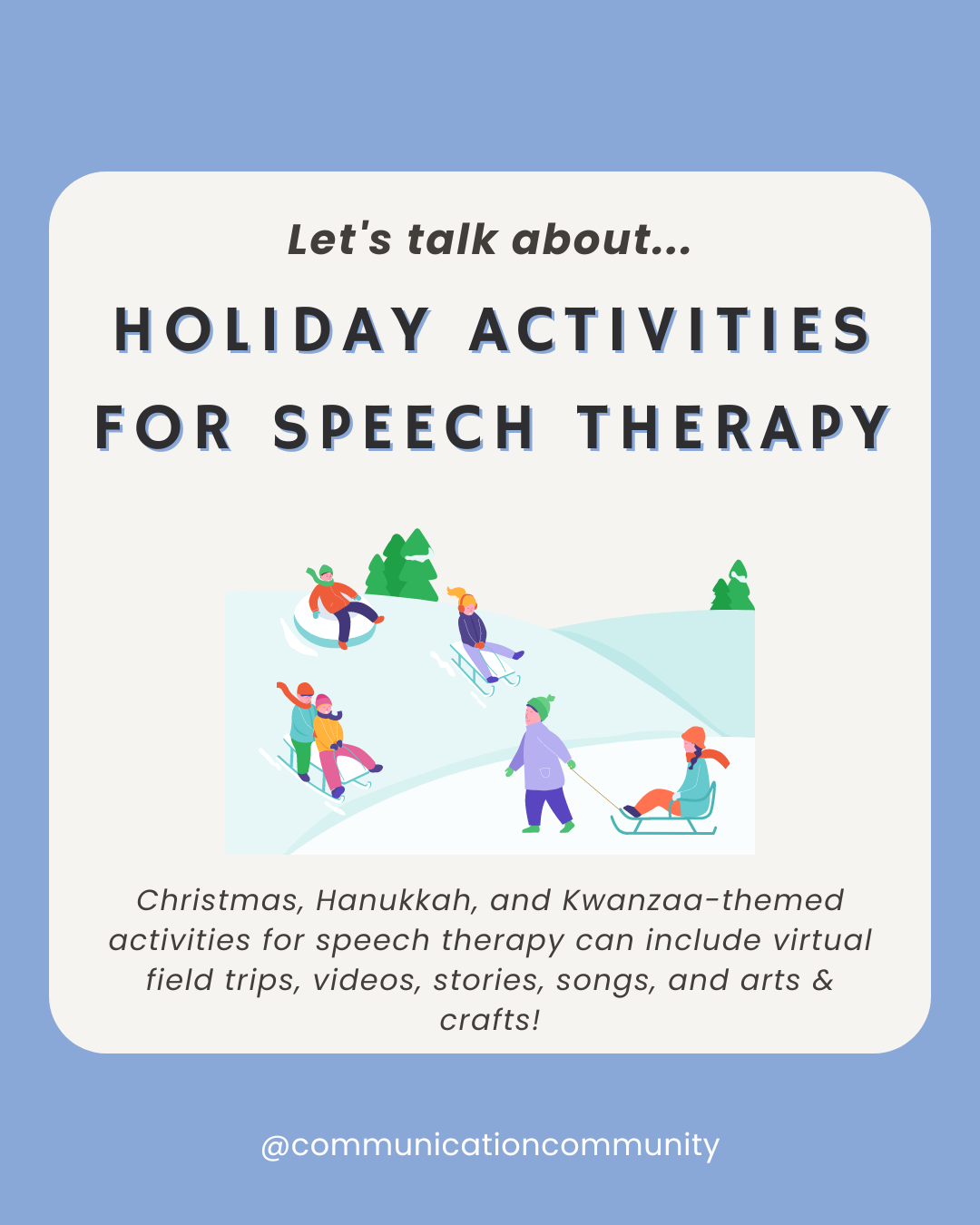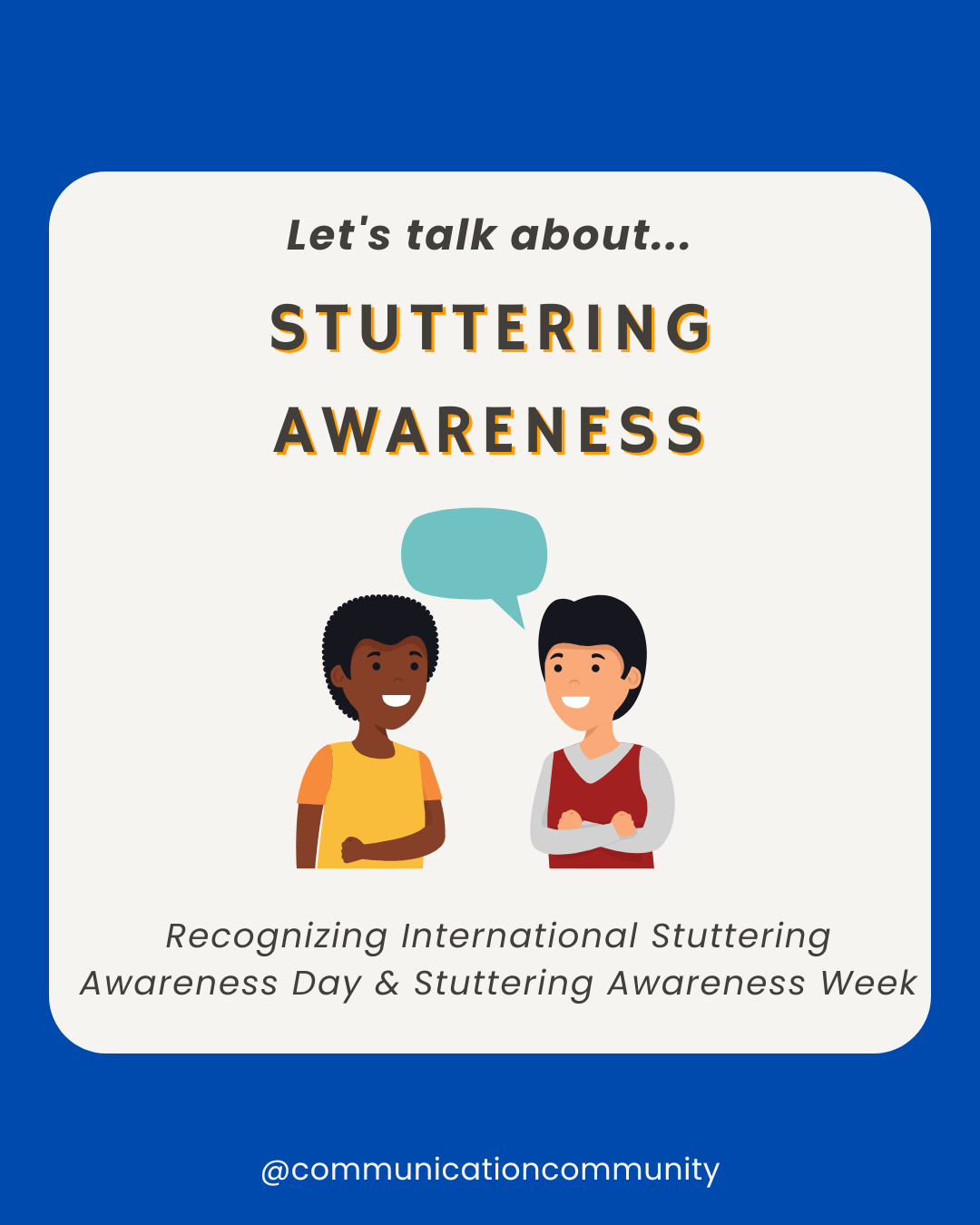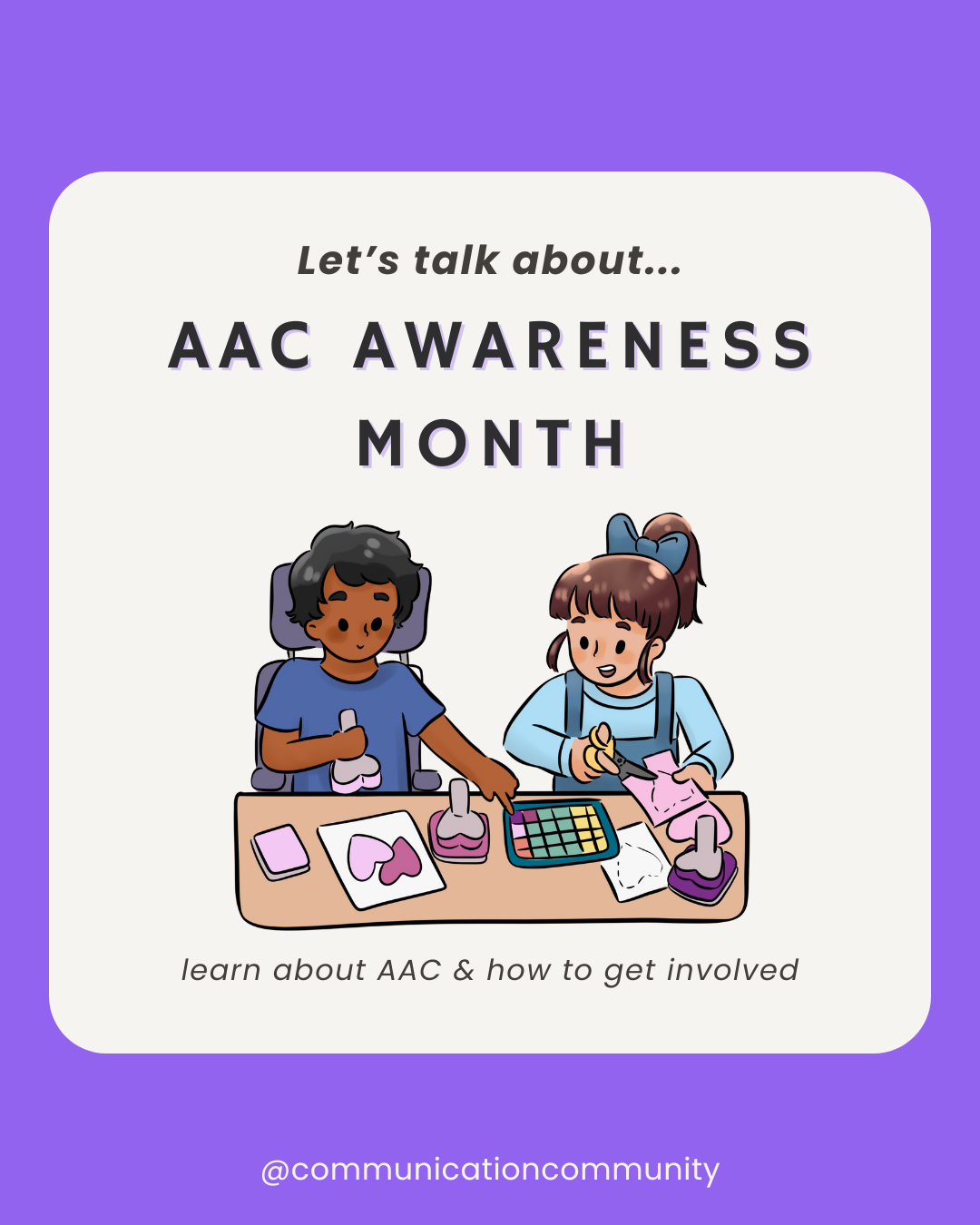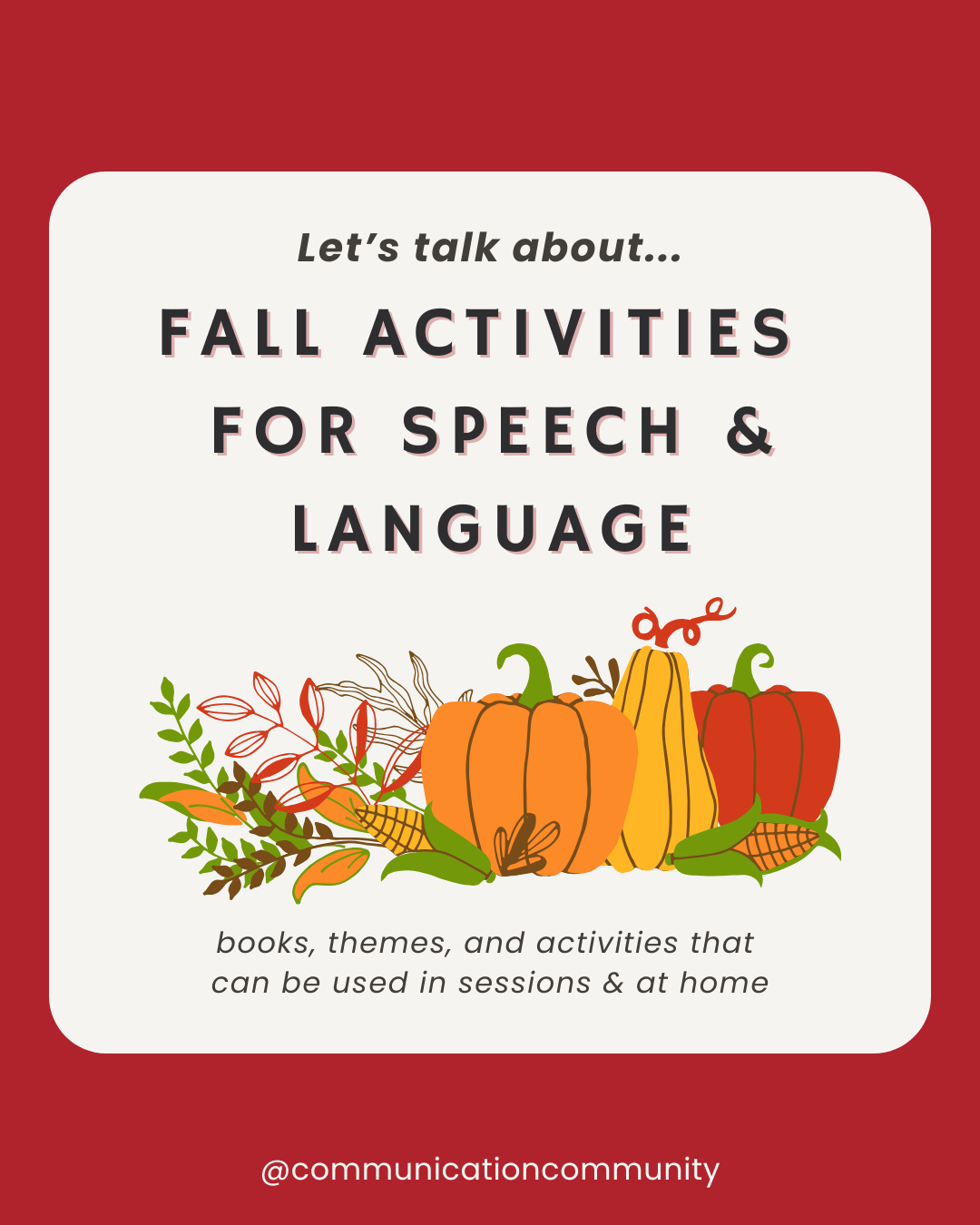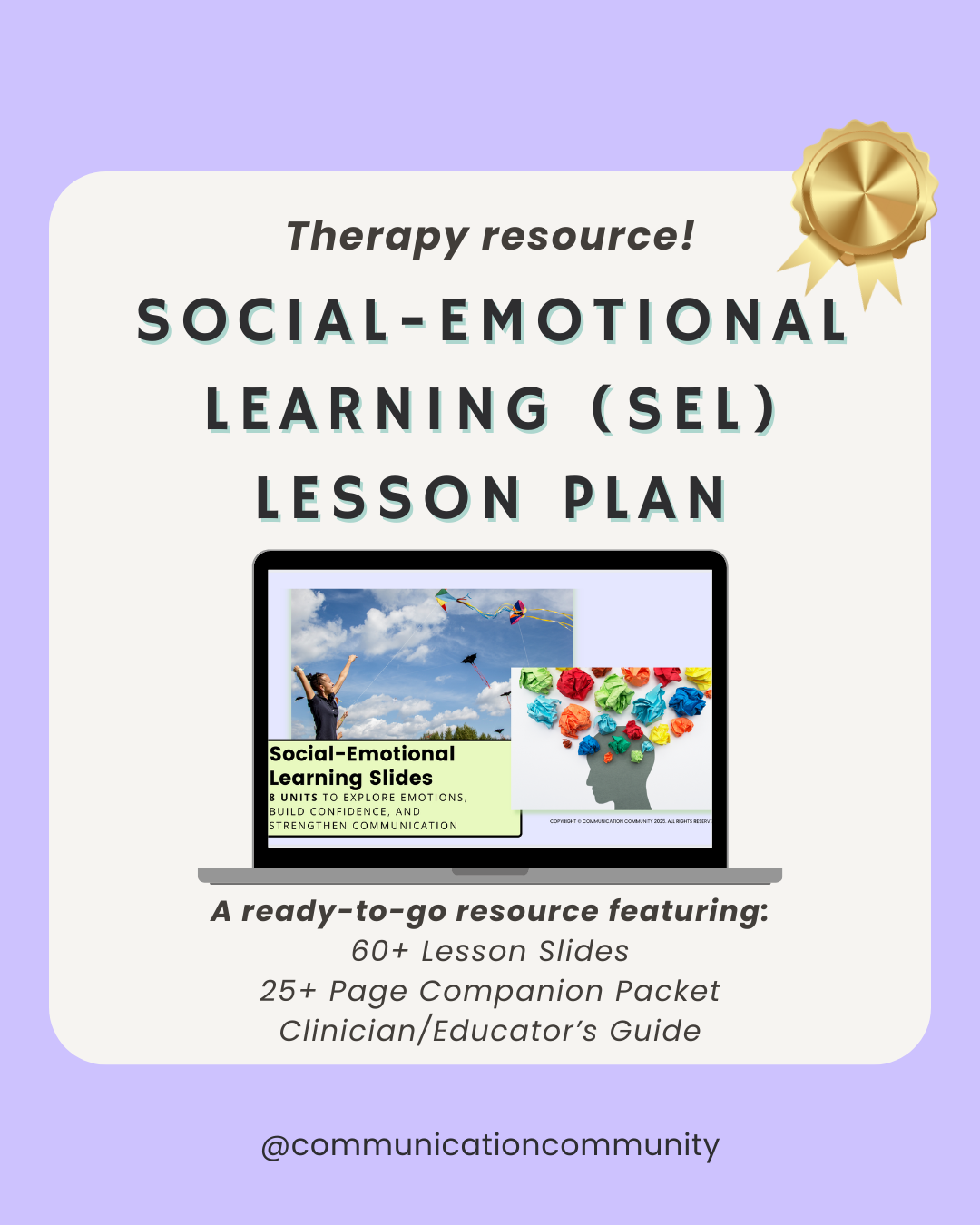We are excited to share with our readers one of our favorite therapeutic strategies. This is something that we use in just about every single therapy session, within one context or another. Wait for it (hopefully you’ll appreciate the punny-ness)… our Best of for the month of October is pausing.
Yes, pausing. Seems simple right? Well, I can certainly say that when I began introducing expectant pauses into therapy, it turns out they weren’t that easy to implement! They did; however, make me very aware of the over-prompting I was providing. Over-prompting is when you are providing more prompts than required for your client to perform the specific skill you are targeting. When you over-prompt, your client can become reliant on more help than necessary to perform a skill and in the long run, this can adversely affect your client by reducing their rate of progress.
Let’s say you are working on following verbal directions with your client. One-step, multi-step, however many - you give the direction (for example), “Stand up and turn in your paper.” You wait a second or two. Your client doesn’t follow through. You want to look at your client and either restate the direction or maybe provide a gestural prompt and point to the bin where they are to place their piece of paper. This is something I used to do more often than not. You don’t want your client to fail and that’s what prompting is for right? It’s just a gesture, I’ll fade later. But instead, you wait another few seconds. Ah! He gets up out of his chair and places his paper in the bin at the front of the room. The power of the pause! You gave your client more time to process and then quickly realized that gesture wouldn’t have been necessary. Eventually your pause time reduces from 8 seconds, to 6 seconds, to 3 seconds, to the immediate follow through of the direction across just a few sessions. Without any additional prompts? Yes!

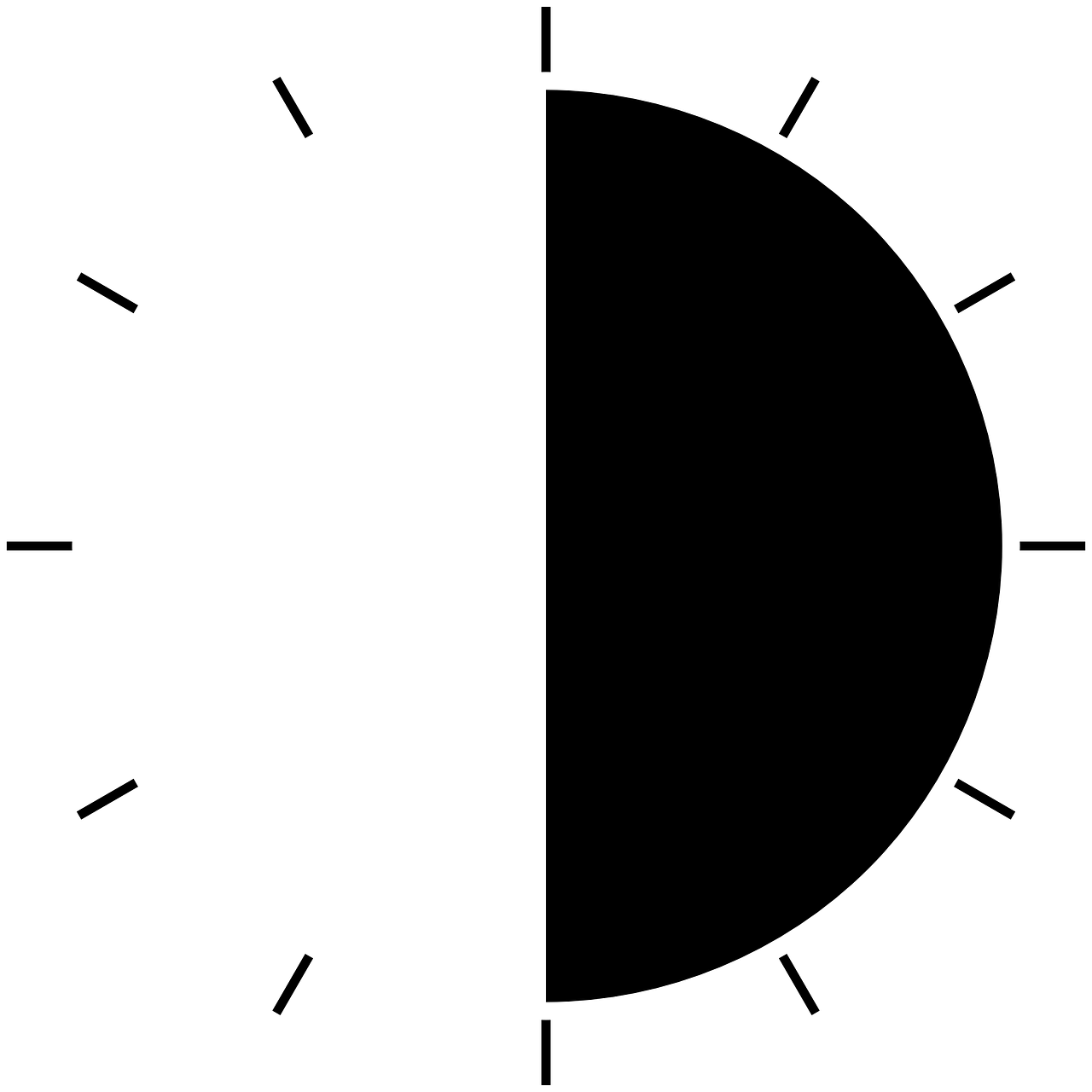
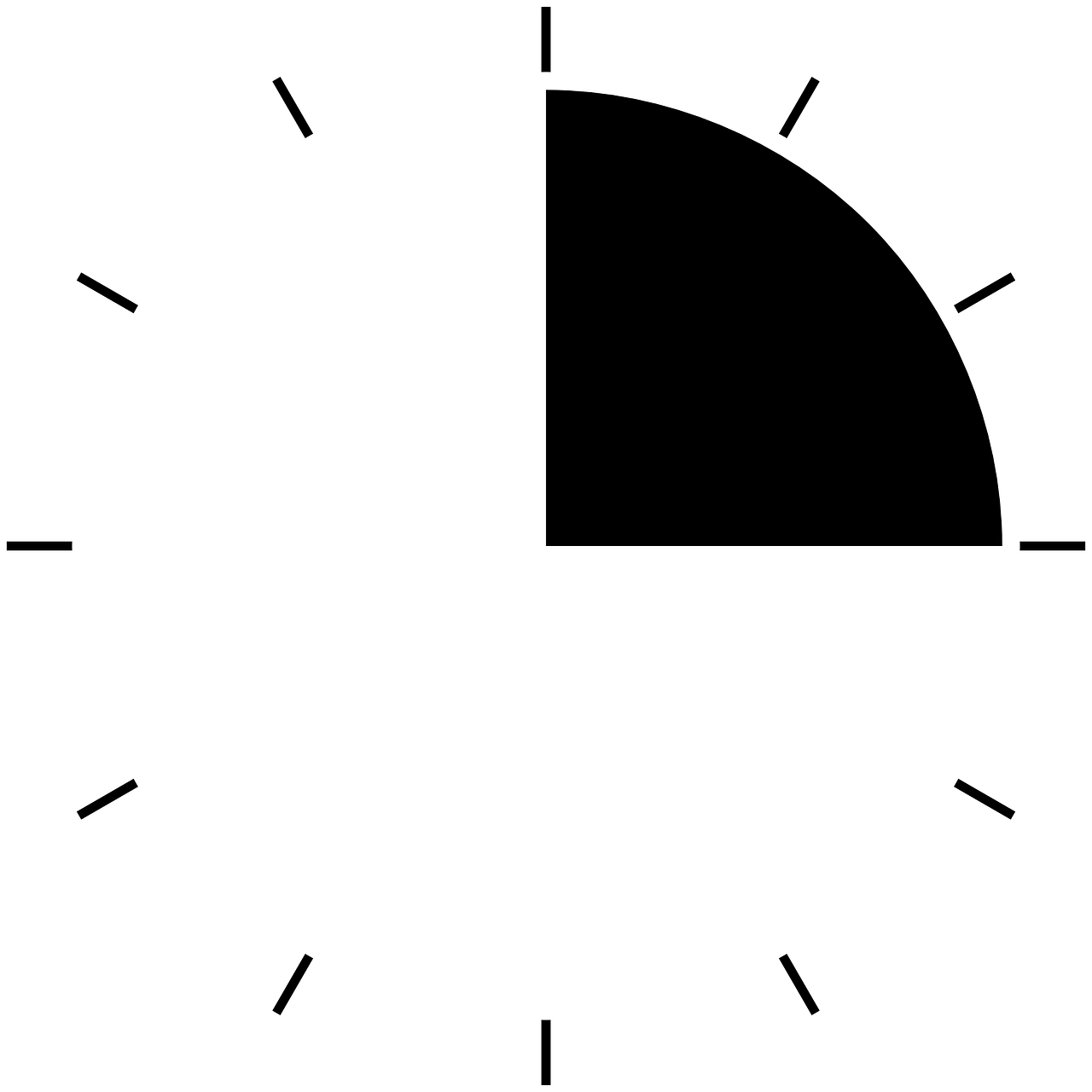
Let me be clear, though. The expectant pause is considered a prompt. Why? Because in a fluent language exchange, the typical expectation is that your client would immediately follow the direction. If your client was given a direction by someone unfamiliar out in the community, that communication partner may be under the impression that he is not listening or that he does not understand what they are telling them. And of course, we want our clients to be successful across a variety of people, contexts, and settings (aka not just in therapy, but out in the community too)! That is why the fading of the expectant pause is an important aspect to remember. You want to ensure that you aren’t reinforcing an 8 second pause to be natural.
Expectant pauses tend to be the least intrusive therapy prompt. For our clients who receive therapy and become too reliant on prompts - this can be an empowering way to discreetly prompt and allow the client time to process and self-navigate. You are probably wondering the ways you can implement this strategy into therapy. Don’t worry, it is not exclusive to following directions. If you are providing a prompt in another area of speech or language, you can probably substitute (what you think is) your most least intrusive prompt for the pause. We have also included some common areas below.
You can use the expectant pause when working on:
- Social skills
- Hearing localization
- Eliciting requests or commands
- Problem solving
- Responding to/asking wh- questions
- Language expansion
- Joint book reading
- AAC language skills
- AAC device management
In many of these situations, if the desired action is that the client says something or does something (e.g., responds to a wh- question), use an expectant pause as your first prompt, and then follow up with another prompt if necessary.
The expectant pause isn’t reserved just for therapists. Parents and caregivers can make tremendous use of this strategy too! If you have a child who is receiving speech and/or language services, I wouldn't be surprised if this was a carryover strategy suggested by your therapist. Perhaps you have also witnessed your child’s therapist use pausing strategies in additional contexts, like the cloze method. The cloze method (sometimes called the cloze procedure) is when we give our clients blanks for them to fill-in, e.g., “First we will brush our teeth, then we will ___________.” Rather than simply telling your child each step of their morning routine, give them the opportunity to generate the rest. Allow them 5-10 seconds to respond to the cloze phrase.
There are endless opportunities to utilize the pause, and I can say it has drastically changed the way I think about prompting and eliciting language. What are some ways you’ve found success with pausing? We’d love to hear from you communicationcommunityslp@gmail.com !

